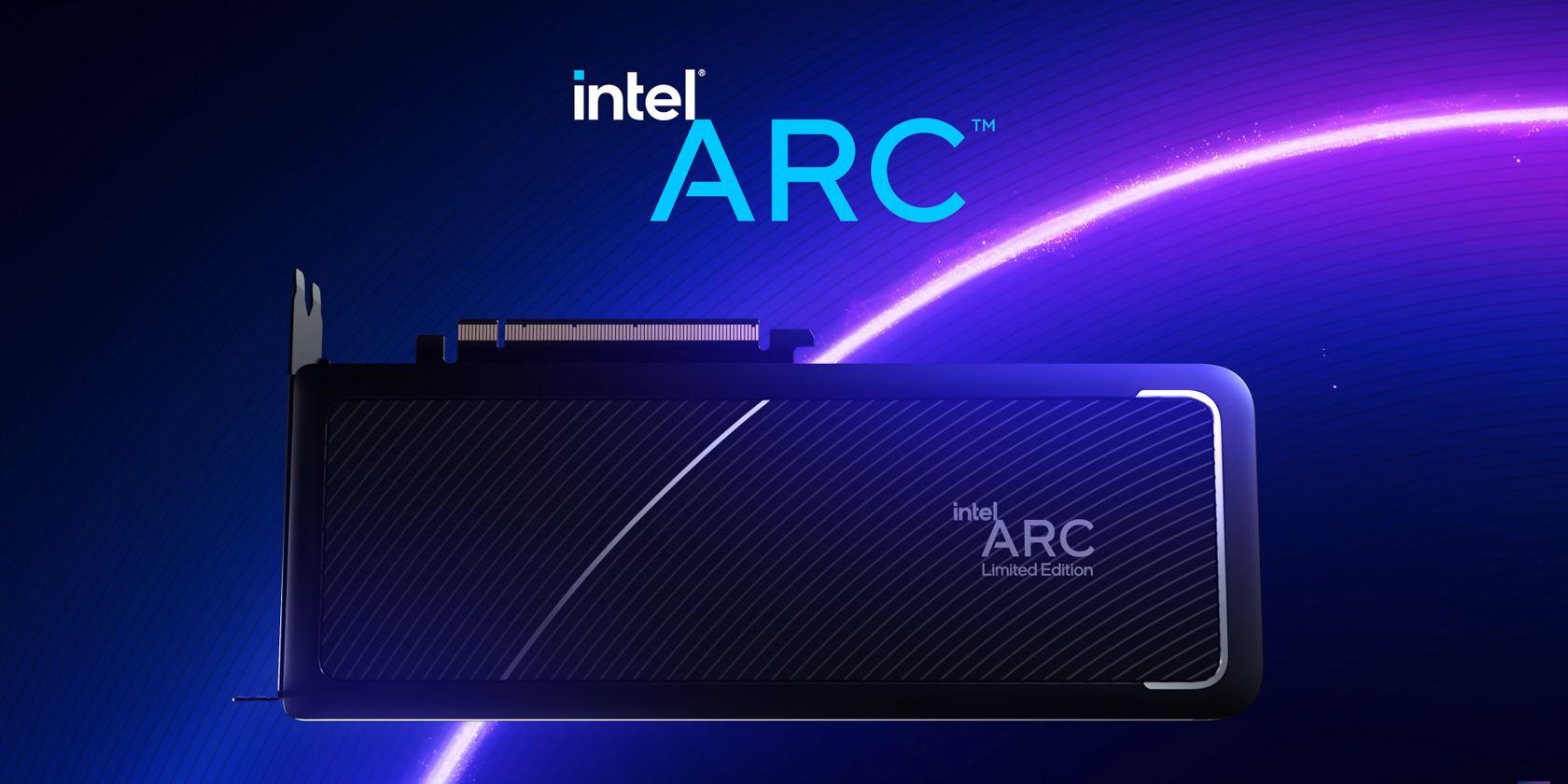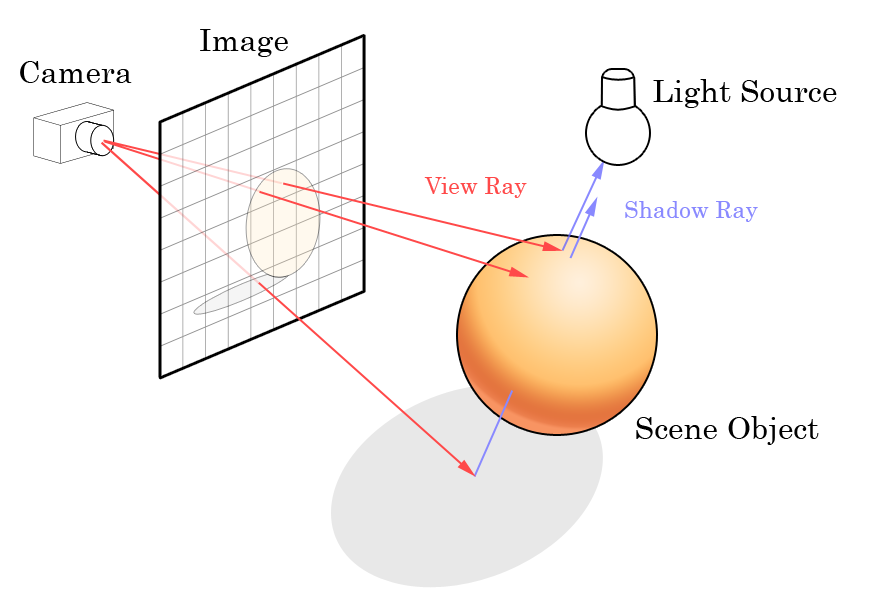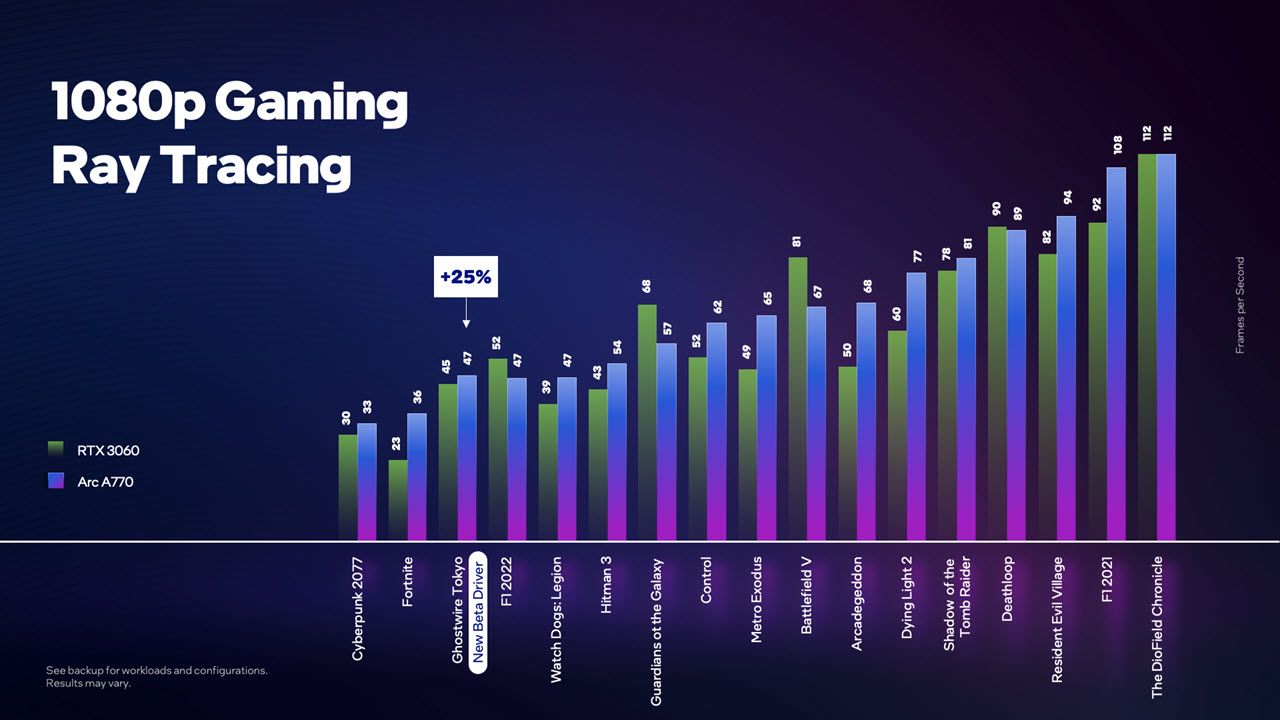Intel's Arc GPUs launched to much fanfare in 2022. It was nice to see another graphics card option to break up the Nvidia-AMD monopoly on the GPU market and a potential solution to GPU scalping issues. All this came with the promise of cheaper price tags and good performance.
However, making a great GPU isn't all about building good hardware, which was evident with Intel's GPU driver issues. Another common question regarding Intel's Arc GPUs was whether they'll support features like ray tracing or not.
What Is Ray Tracing? A Brief Explanation
Without going into too much detail, ray tracing is a graphics rendering method that uses algorithms to calculate where lights and shadows are supposed to be in video games. This creates a more realistic image as compared to traditional shaders.
Of course, this requires additional computation power to calculate how these algorithms would work. The best way to do this is by adding dedicated hardware cores that handle ray tracing operations, as this would be difficult to achieve with software only.
Different manufacturers have different ways of implementing ray tracing. Nvidia, already on its fourth-generation ray tracing hardware, uses dedicated hardware RT cores in its GPUs. AMD, on the other hand, uses Ray Accelerators, a set of hardware cores that handle ray tracing alongside additional functions.
Do Intel GPUs Support Ray Tracing?
Intel Arc GPUs do support ray tracing. This is done using specialized fixed-function hardware called Ray Tracing Units (RTU) to implement the feature. Additionally, Intel uses what it's calling Asynchronous Ray Tracing, which combines rays with similar hit shaders to ensure the RTUs (also known as Intel Xe cores) are being fully utilized.
Every RTU has two Ray Traversal Pipelines and can handle 12 Box intersections per cycle as well as 1 Triangle intersection per cycle. They also come equipped with a dedicated BVH cache.
Here's how many RTUs each Intel Arc GPU has:
- Arc A770: 32 RTUs
- Arc A750: 28 RTUs
- Arc A580: 24 RTUs
- Arc A380: 8 RTUs
- Arc A310: 6 RTUs
As you can probably guess, the bottom-tier Arc GPUs, the 300 Series, don't deliver much ray tracing performance, considering their low RTU numbers. However, the Intel Arc 700-Series does hold up to the Nvidia RTX 3060 in terms of performance benchmarks.
When put against the RTX 3060 in a test run by Intel, the Arc A770 performed on par, if not better, in over a dozen games running ray tracing at 1080p. Combined with XeSS, Intel's answer to Nvidia's DLSS technology, the performance went up along with the resolution at 1440p.
One important thing to note, however, is software support. Putting together powerful hardware won't do you much good until you have good drivers. Getting drivers right, especially in a first-generation product, isn't easy, and the Arc lineup has suffered from poor drivers since its launch.
What Role Does Software Play?
Even though the Arc lineup supports ray tracing, it doesn't necessarily mean it'll be able to take advantage of it in games. The hardware RTUs in Arc cards are only meant to enhance performance for ray tracing algorithms.
For games to be able to run ray tracing on Arc GPUs, game developers will need to integrate the feature using Microsoft's DirectX12 or Vulkan APIs. The good news is that these two APIs represent basically every game that has ray tracing.
While this puts Intel shoulder to shoulder with Nvidia and AMD in terms of software compatibility, the latter two are still ahead in terms of driver quality. Early adopters of the Arc lineup have revealed a number of driver issues that can really hamper performance and the user experience.
Good drivers also help provide additional software features to GPUs. These add performance benefits and even use cases beyond gaming. Nvidia's DLSS 3.0 is a good example of this, considering just how much of a difference the neural graphics tech makes to your game's FPS.
Intel's Arc GPUs Support Ray Tracing
So yes, in short, Intel's Arc GPUs do support ray tracing. Its capabilities might not compare to that of Nvidia, but the very fact Intel launched a first-generation product with ray tracing support is a great start for this new GPU range.



